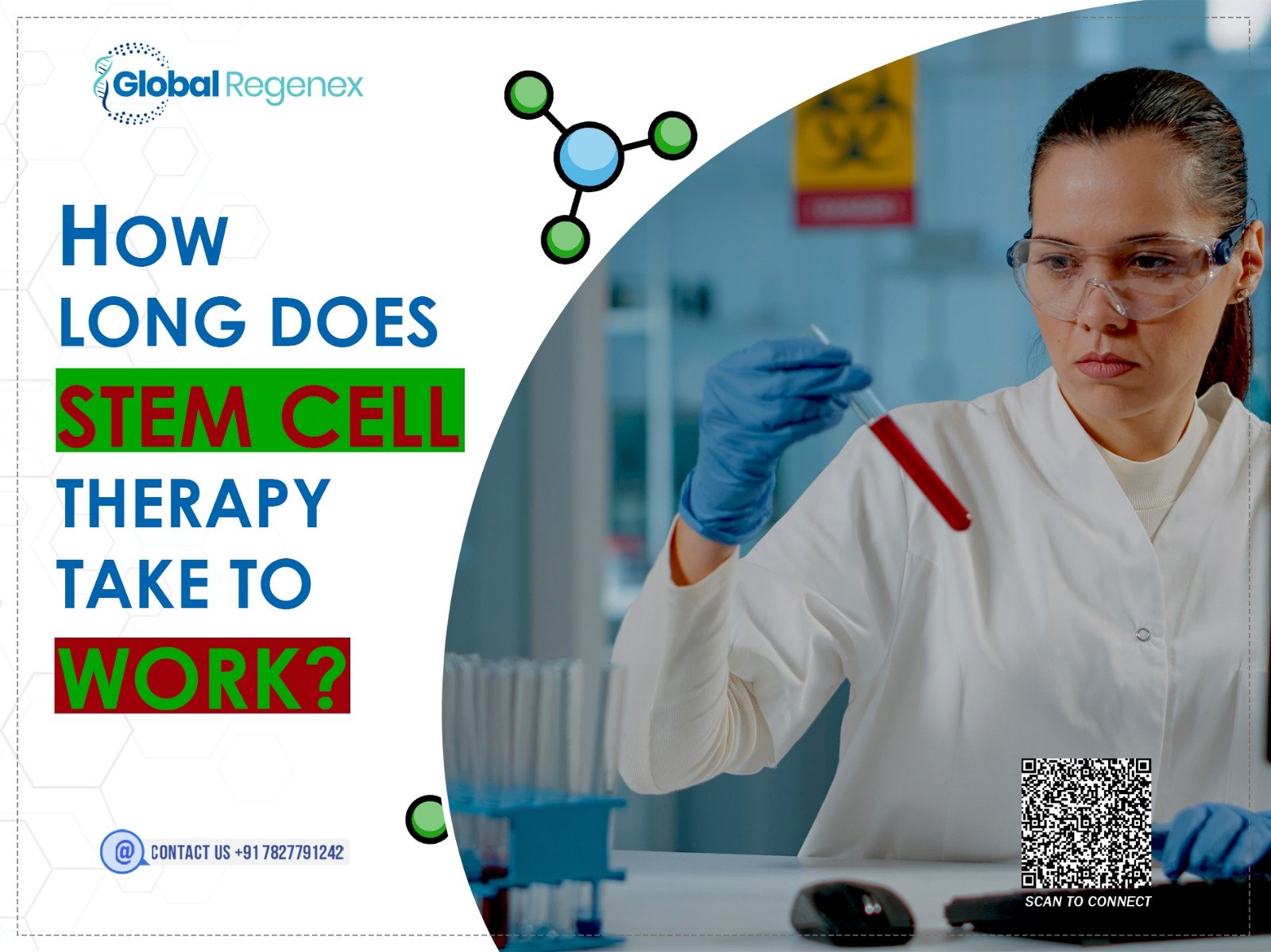Are you dealing with joint pain or slow healing? Now is the time to explore new and advanced options. Stem cell therapy is one of the most advanced regenerative medicines that utilizes the power of stem cells to boost recovery in the body by replacing damaged cells and reducing inflammation.
However, you might wonder how long stem cell therapy takes to actually feel the result? Especially when you are trying to avoid surgery. There is no common answer for all, but to understand the factor that influences the time of recovery. And if you are considering this therapy, stem cells might be the natural boost your body needs to heal itself. Let’s break it down in simple words.
When Will You Begin to Feel the Effects of Stem Cell Therapy?
Stem cell treatment does not work like a painkiller. Undertaking this therapy means repairing the damaged tissues rather than just skimming through symptoms only. Its healing process takes time. Here are some examples of what a timeline might look like:
- First Few Days: In the initial days, you may feel some soreness at the injection site. Which is normal, and means that your body’s reacting to the treatment.
- Weeks 1-3: Now, some patients start to notice subtle improvements like lower stiffness or slightly better movement.
- Weeks 4-6: In this stage, many patients begin to feel the real change, like less pain, better mobility, and an easier time with everyday activities.
- Months 2-3: Early months, this is when the most noticeable results usually show u[ during this window. The treated area often feels stronger, more stable, and less inflamed.
- Months 4-6: For more patients, this is when the full effects kick in. Whether it’s a knee or spine issue, the long-term healing becomes clearer.
It is important to understand that stem cells do not just patch everything up in the body, but they rebuild. So if you are expecting an overnight fix, stem cell therapy is not that. But if you are looking for long-term healing, then undergoing this therapy is worth it.
What Factors Affect How Fast It Works?
Not everyone heals at the same pace. Several factors can speed up or slow down your results:
- Severity of the Condition: It depends on the individual’s condition. Minor issues often respond faster than severe or long-standing problems.
- Overall Health: Your body’s healing ability matters. Having a good nutritional diet, hydration, and rest can help in stem cell therapy.
- Age: In comparison to younger patients, older patients may take a bit longer to respond, but many still see excellent results.
- Activity Level: Staying active (within reason) after treatment helps stimulate healing.
- Follow-up Care: Physical therapy or rehab, if required, can help speed up recovery.
This is why getting a personalized plan is so important. Consultants like Global Regenex look at your whole picture before suggesting a course of action.
What Conditions Can Stem Cell Therapy Help With?
While stem cell therapy is showing great potential in treating various conditions, but its still considered experimental. Here are some conditions that can be treated through this therapy:
- Osteoarthritis
- Joint Pain
- Back & Spine Issues
- Sports Injuries
- Chronic Inflammation
- Soft Tissue Injuries
Due to its minimally invasive advantage, many patients opt for stem cell treatment as an alternative to surgery.
The Concluding Thoughts
Waiting for healing is hard, particularly when pain continues to interfere with work, family, or even just the ability to enjoy a day. But stem cell therapy provides something more, directed healing that assists your own body in healing itself. It’s time-consuming, certainly, but the potential rewards can be nothing short of transformative.
If you’re considering taking action, don’t go it alone. Contact Global Regenex for a stem cell therapy consultation. They’ll assist in determining whether or not this is the best course of action for you and guide you through every aspect of the process—no hard sell, just genuine support.

